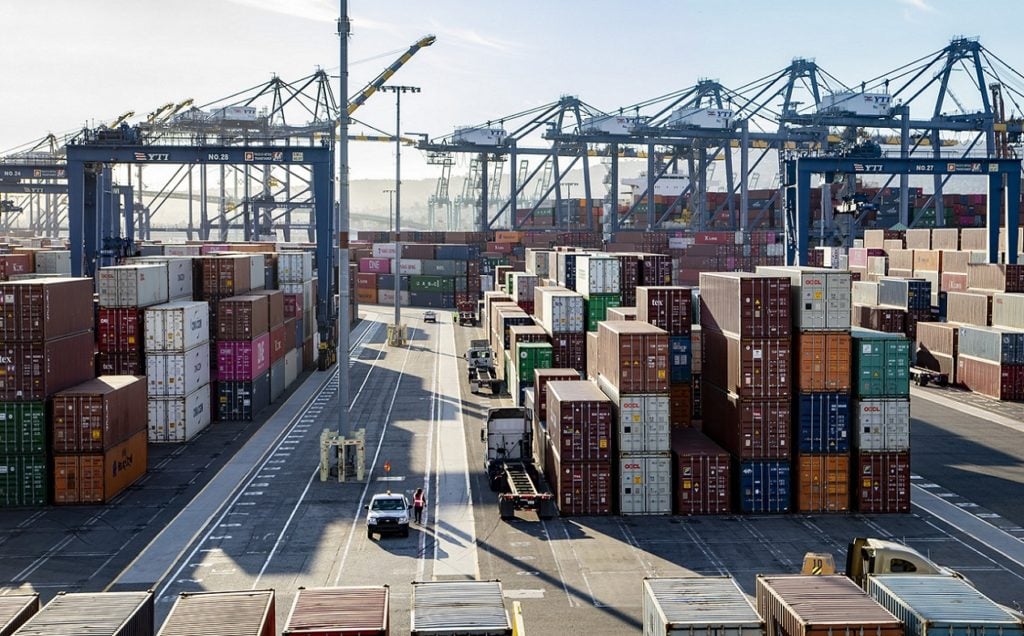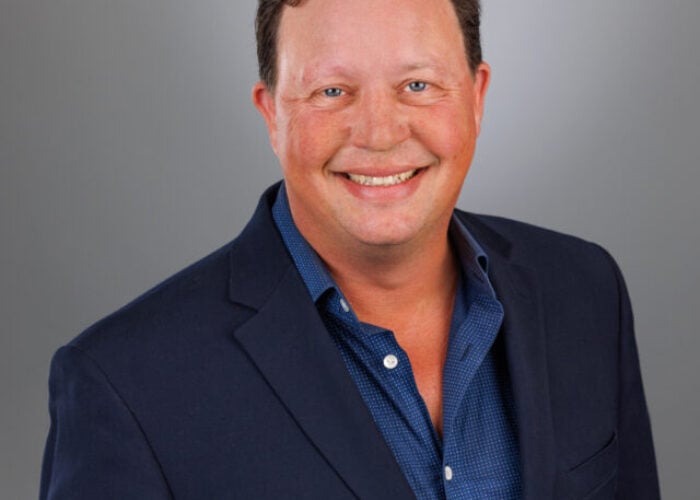
Earlier this month California-based solar manufacturer Auxin Solar announced that it was suing the US Department of Commerce (DOC) and Customs & Border Patrol over unclaimed payments from the antidumping and countervailing duty (AD/CVD) tariffs.
The move was met with some derision by members of the solar industry who suggested that the lawsuit was against the interests of the wider sector, with some questioning the motives or backers behind Auxin’s actions. Payments of the AD/CVD duties have not been claimed because US president Joe Biden brought in a two-year waiver of the tariffs – which expires this summer – in order to allow a “bridge” for the US solar industry to continue deployments whilst domestic manufacturing capacity takes hold.
Unlock unlimited access for 12 whole months of distinctive global analysis
Photovoltaics International is now included.
- Regular insight and analysis of the industry’s biggest developments
- In-depth interviews with the industry’s leading figures
- Unlimited digital access to the PV Tech Power journal catalogue
- Unlimited digital access to the Photovoltaics International journal catalogue
- Access to more than 1,000 technical papers
- Discounts on Solar Media’s portfolio of events, in-person and virtual
Auxin originally brought the AD/CVD case to Commerce in 2022 with allegations that Chinese solar manufacturers were avoiding US import tariffs on China by relocating portions of their supply chains to Southeast Asia (Thailand, Vietnam and Cambodia). Commerce eventually found five manufacturers guilty of “attempting to avoid the payment of US duties” in August 2023, though Biden’s waiver has meant that no money has been paid.
In suing the DOC, Auxin wants the waiver to be disregarded and tariffs imposed on offending products. Its argument is that in waiving penalties for the breach of US trade law, Commerce is supporting a “lawless” marketplace and impacting the ability of US manufacturers to operate.
Will it make any difference?
Responding to inquiry from this publication, Elissa Pierce, research associate, Power & Renewables at Wood Mackenzie, suggested that the impact on supply might be minimal: “By now, manufacturers have had ample time to develop supply chains that aren’t exposed to AD/CVD tariffs ahead of the end of the two-year tariff waiver in June.
“Most tier 1 module manufacturers have already bifurcated their supply chains and produce or will soon produce wafers in Southeast Asia for modules intended for the US market.”
The wafer is the key point in the solar supply chain for AD/CVD. As per clarifications from the DOC, cells imported from Southeast Asia to the US must prove that they were made using non-Chinese wafers, and modules must either have a non-Chinese wafer or have been finally assembled in a third country outside of the relevant Southeast Asian nations.
Solar manufacturing giant Trina Solar began producing wafers at a newly-commissioned facility in Thai Nguyen, Vietnam in August last year. The site has 6.5GW of wafer production capacity as well as 4GW of cell and 5GW of module capacity. Canadian Solar, another Chinese-owned manufacturing major, also announced a 5GW n-type wafer production facility in Thailand which it said would supply its planned cell manufacturing plant in the US.
Both Trina and Canadian Solar were among the companies named and found guilty by Commerce in its final determination.
However, it’s unclear whether the number of manufacturers who did not comply with the DOC’s investigation (and are therefore assumed to be circumventing until proven otherwise) have tariff-free wafer capacity that could allow the import of solar cells to the US.
Pierce continues: “Theoretically, even if Auxin prevails and duty collection resumes a few months earlier than expected, little to no solar components that are imported to the US will be exposed to tariffs due to this supply chain adaptation that has taken place since mid-2022.”
Even though, broadly speaking, shipments from the major, named Southeast Asia-based operations to the US may be unaffected, steep AD/CVD tariffs – and the possible impact on a number of other manufacturers who did not cooperate with Commerce’s investigation – introduce uncertainty to the solar industry which might put a tremor in the foundations.
“Module supply to the US has been tight over the past year and a half due to the Uyghur Forced Labor Prevention Act (UFLPA) and AD/CVD investigation, and although supply chain constraints have been easing, further uncertainty could cause imports to slow again,” Pierce says.
When the DOC issued its final determination, head of the Solar Energy Industries Association (SEIA) Abigail Ross Hopper said: “Auxin Solar’s allegations of circumvention were meritless from the beginning and the inquiries have caused uncertainty in the US market at a time when solar energy is on the rise.”
This sentiment was echoed by Gregory Wetstone, president and CEO of the American Council on Renewable Energy (ACORE) at the same time: “The policy whiplash now being inflicted on the US solar industry is incredibly disruptive and will only delay our nation’s clean energy progress.”
Pierce continues: “It is absolutely necessary to import modules to support solar deployment, since the US currently has nowhere near enough manufacturing capacity to meet demand.”
PV Tech published a blog from a principal consultant at Clean Energy Associates (CEA) which said that US manufacturing will struggle to make a real impact without greater cell production capacity and that the current figures for newly-announced capacity should not be taken at face value until they start shipping modules. As of 2023, around 80% of the US’ module and cell supply came from the countries investigated under AD/CVD.
Indeed, there are a number of manufacturing announcements in the pipeline, notably from Korean-owned Hanwha QCells, which is investing heavily in the state of Georgia, Canadian Solar, which shipped its first US-made modules this month and a number of others like JA Solar and Italy’s Enel 3Sun. Though, as Pierce says, domestic capacity is nowhere close to meeting demand.
She continues, and says that the “real issue to be worried about” is the notion of retroactive tariffs. In its final determination, the DOC said that retroactive tariffs would not be applied, but whether they sneak in the aftermath Auxin’s most recent case is less certain.
“The real issue to be worried about is that retroactive tariffs could be applied to modules that have already been imported but not yet liquidated, even modules that have already been installed,” she says.
“Liquidation of imports could be suspended until a final decision is released and the importers of record could eventually be on the hook for billions of dollars in tariffs.”
“This would, in turn, negatively affect the entire industry, as suppliers would likely pass the cost of potential tariffs onto consumers and further drive up US module prices, which are already the highest around the globe.”
In the spring of 2023, the US solar industry skipped a beat when a bipartisan group of lawmakers submitted a proposal to remove Biden’s two-year waiver and reinstate tariffs for all offending imports. 400 solar companies then signed an open letter on SEIA letterhead which warned of over US$1 billion in retroactive duties and the cancellation of around 4GW of planned solar capacity.
PV Tech will follow this story as it develops.







